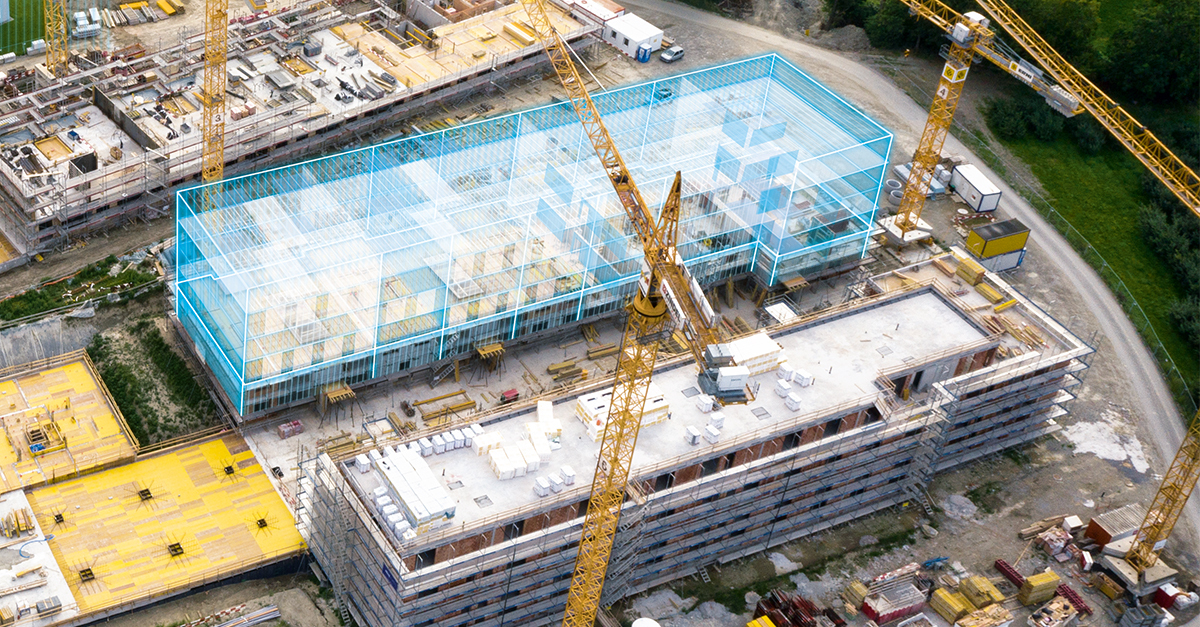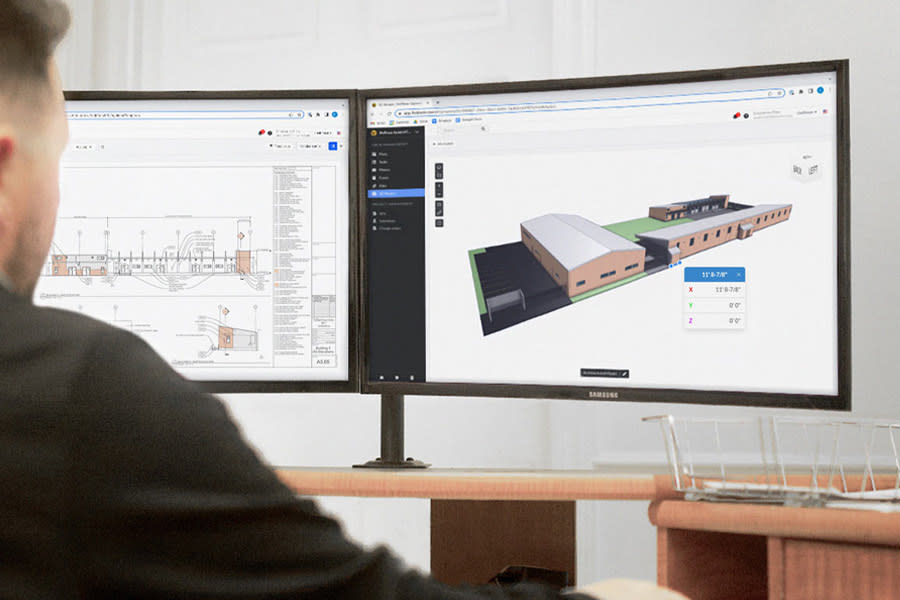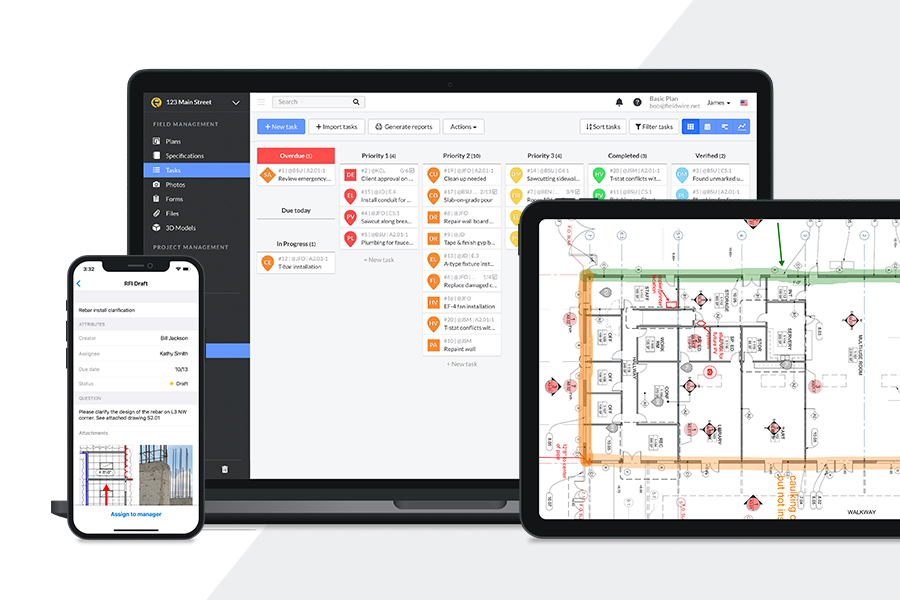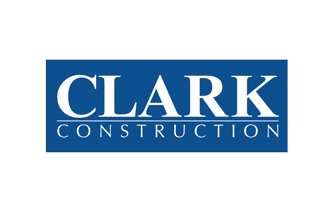Why is BIM important for construction disputes?

Building information modeling (BIM) is the next generation of construction management software. It has slowly become more of an industry staple in recent years. While you may have used it for facility management or design reviews, you probably haven’t considered utilizing it to handle construction disputes. Could it help you prove your case?
Understanding Building Information Modeling
To understand why this technology is an essential part of construction dispute resolution, you must be familiar with its definition.
The definition of BIM
At its core, a BIM system is three-dimensional (3D) modeling software. It creates a digital representation of a facility’s physical and functional characteristics. However, it is more than just a modeling tool — it can aggregate and analyze on-site data, helping you monitor progress and extract actionable insights.
BIM has become critical in designing, constructing and managing the built environment. Unlike conventional construction management software — like computer-aided design — it is dynamic. It encapsulates a process, not a product. While each solution offers different features and integrations, they all share the same core functionalities.
Key features of a BIM system in construction
BIM software has a 3D modeling feature. Whether it uses your drafts or inputs from integrated sensors, it can produce a virtual copy of a real-world asset. You can explore this interactive environment in the viewer to analyze your design from every angle.
Data management is crucial to functioning. BIM has evolved from a simple 3D reconstruction to a process-oriented system that can factor in scheduling, cost estimation and sustainability metrics, helping you stay compliant and within budget.
Many of these tools come equipped with collaboration features, enabling you to track problems, view design changes, leave comments or report to your clients. Integrating BIM with messaging software or cloud computing technologies lets you stay informed and get a hold of contractors anywhere, at any time.
Real-time updates are one of the most significant benefits of leveraging a digital system. Whether you want to render an object, send a report to your client or assess BIM utilization, you don’t have to wait.
Common causes of construction disputes
Disputes that arise during construction stem from the same problems. In fact, major disputes often occur because of several factors, not one single issue. Fortunately, BIM can help you resolve them.
1. Contractual disagreements
Have you ever accepted a contract with ambiguous language? This problem is more common than you’d think. In one study of 44 projects, researchers found that 75% of construction disputes are attributed to document ambiguities. BIM documentation can help you defend yourself when dealing with a poorly drafted or overly generic agreement.
2. Quality issues
Quality issues are among the most common project challenges. Whether you and the contractor disagree on the quality of the work you completed or a regulatory inspection reveals safety deficiencies, you may be noncompliant. If your client believes they have a claim under the warranty, they may file a dispute.
Take roof replacement, for example. Commercial roof warranties are standard because roofing construction is expensive. A roof costs $5 to $15 per square foot, making many projects total tens of thousands of dollars. Since construction disputes can be filed anytime during the building process, having real-time BIM documentation is essential for defending yourself during common construction disputes.
3. Design changes
Design changes, flaws or material discrepancies are common in construction. They often go undiscovered until the project is well underway, leading to costly rework on your end. Research shows BIM can reduce rework by up to 40% per project by eliminating design errors, saving you time and money.
4. Scheduling conflicts and delays
While weather-related delays aren’t typically the cause of construction disputes, scheduling conflicts are. This is because the industry is experiencing labor scarcity. According to data from Associated Builders and Contractors, companies need to hire over 500,000 additional workers to address the shortage.
BIM’s role in preventing construction disputes
Preventing construction disputes altogether is better than going through dispute resolution. Using technology in construction management may help you avoid mediation and arbitration, saving you a significant amount of time, money and stress.
1. Visualization enhances communication
BIM’s 3D modeling feature enhances visualization, improving subcontractor collaboration. In addition to communicating better with your colleagues and the contractor, you experience fewer miscommunications with your client. This software’s real-time reconstruction capability improves understanding among stakeholders unfamiliar with industry jargon.
2. Real-time data improves collaboration
Construction project management is complex. BIM enhances communication, makes data accessible and enables timely feedback, simplifying it. Real-time updates and cloud-based access strengthen multidisciplinary teamwork, helping you and the contractor prevent project challenges before they arise.
3. Detailed analysis refines cost estimates
Whether you need a detailed analysis of project costs or an overview of roof efficiency, this technology can help. It provides data-driven insights throughout your project, enabling you to accurately estimate construction costs and anticipate previously unexpected expenses. This way, you avoid payment, contractual and design disputes.
BIM’s role in dispute resolution
Whether a mediator attempts to reach a mutually agreeable resolution during mediation or an arbitrator makes a binding call on your dispute, the process can be incredibly time-consuming and expensive.
Even if your documents contain dispute resolution clauses specifying how disagreements must be handled, you may go to arbitration eventually. Fortunately, construction project management is not BIM’s only application — you can also use it for dispute resolution.
1. Accelerates the conflict resolution process
If your mediator or arbitrator lacks expertise in construction, they may not be knowledgeable enough to follow closely along. You can use BIM to accelerate the process and aid in their understanding. Visualization and data aggregation can help them see the complete picture. This strategy is particularly helpful with complex technical claims.
Since this technology aggregates information in a central location for the entire project duration, accessing and analyzing it is straightforward. With specific integrations, you can even simulate certain scenarios, showing the arbitrator how a design change, delay or contractual disagreement changed the outcome.
2. Provides documentation and evidence
You need thorough documentation and evidence to win a dispute. BIM documentation provides a comprehensive overview of the project, enabling you to track design changes and retrieve records of client decisions. You can compare models to demonstrate to the arbitrator how a change impacted construction, supporting your case or proving damages.
Four-dimensional BIM adds time-based information to the model, which is helpful for construction disputes related to scheduling or delays. You can demonstrate how labor scarcity or scheduling conflicts contributed to the issue that led to the dispute. This data is hard evidence, which is beneficial to your case.

The benefits of BIM for subcontractors
BIM software lets you streamline workflows and improve communication with general contractors, resolving most project challenges before they become construction disputes. Avoiding costly courtroom battles saves time, preserves your professional reputation and helps you move on to the next project sooner.
Enhanced project tracking and reporting can help you maintain compliance with safety regulations or communicate the repercussions of changes to clients. Instead of keeping a paper-based logbook or updating a digital spreadsheet, you can use BIM to collect data in four dimensions.
Using technology in construction management
BIM is critical for minimizing and resolving construction disputes. Its visualization, simulation and information-tracking features can help you avoid them entirely. Even if you go to arbitration, it can accelerate the process and support your case with data-driven insights, helping you get out of the courtroom and back to work.
Adopting BIM software now could save you money and time when project challenges arise. In addition to improving dispute resolution, this technology offers various practical tools to streamline day-to-day building and communication. Consider exploring effective construction management solutions like this one to come out ahead.

 Rose Morrison •
Rose Morrison • 


















